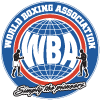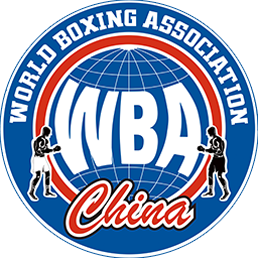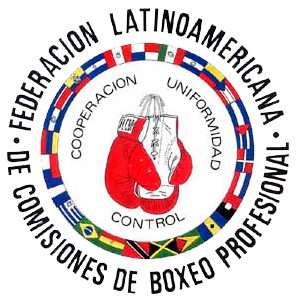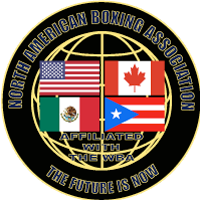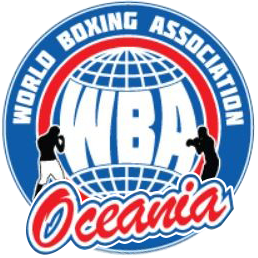In order to provide relevant recommendations to aid recovery, it is important to understand the basic physiology of exercise, and how food substrates are utilized, along with water and electrolytes. Having understood how the body converts different foods to energy during exercise, and how water and electrolytes are lost, it will be possible to give relevant advice on replacing those substrates that have been depleted, thereby aiding recovery. The type and intensity of exercise will determine which energy source is used. This is also affected by the pre- exercise nutritional status of the subject.
Exercise will cause a rise in body temperature, resulting in the autonomic response of sweating. Evaporation of water from skin acts as a cooling mechanism, during which sodium, chloride and magnesium ions are also lost.
The physiological permutations of exercise type, and nutritional status are boundless, so it is better to examine one specific athlete to outline general principles of post exercise nutritional advice.
In a well hydrated, carbohydrate loaded athlete undertaking prolonged moderate to intense exercise, in a warm environment, energy will initially be derived from oxidation of muscle and hepatic glycogen, and free fatty acids. As exercise continues, fatty acids will become the predominant source. Examination of the relative stores of potential energy available from fat and carbohydrate in the average male adult shows a ratio of about 100:1. Thus prolonged exercise will deplete glycogen stores more rapidly, compared to fat. Protein as a substrate only becomes important in prolonged high intensity exercise. Following exercise of two to three hours duration, at intensities of approximately 60-80% of VO2 max. the limited glycogen stores will have been depleted, and the athlete must be advised on how to restore muscle and hepatic glycogen rapidly and effectively, along with water and electrolytes lost during thermoregulatory sweating.
The type of food and the timing will be important in restoring glycogen stores. The glycaemic index categorizes food containing carbohydrates according to the blood glucose response they elicit. ( Foods with a high glycaemic index will produce a greater rise in blood glucose following ingestion. Glucose is the only type of carbohydrate that muscle can readily metabolise for energy, and store as glycogen. The liver can metabolise both glucose and fructose. Burke et al (1993) showed that the most rapid increase in muscle glycogen content during the first 24 hours of recovery was achieved by consuming food with a high glycaemic index. The timing of ingestion was also important, as delaying the ingestion of carbohydrate post exercise will result in a reduced rate of muscle glycogen storage.
The athlete should therefore be advised to consume foods with a high glycaemic index immediately after exercise. The subsequent rate of ingestion has been the subject of many studies. Muscle glycogen is synthesized at a rate of about 5 mmol/kg muscle/hour. Approximately 20 hours will be needed to fully replenish muscle glycogen stores. In the first two hours following exhaustive exercise, the rate of glycogen resynthesis is 7-8% per hour (7-8 mmol/kg /hour), which is slightly faster than the normal rate of 5-6%. To maximize glycogen repletion a carbohydrate supplement in excess of 1.0 g per kilogram body weight should be consumed immediately upon cessation of exercise. Glucose and glucose polymers are most effective in replenishing muscle glycogen, whereas fructose is most beneficial for restoring liver glycogen. Costill et al found a relationship between total amount of carbohydrate consumed, and muscle glycogen storage, up to a total ingested weight of 650 g.
Burke et al (1996) studied glycogen repletion in two groups, which were given the same diet composed of exclusively high glycaemic index food. One group was given four large meals, the second was fed hourly. There was no significant difference in muscle glycogen storage between the study groups. There is thus a degree of flexibility available to the athlete, who can consume a set amount immediately after exercise; thereafter he can consume high glycaemic index carbohydrates as large or small meals, either being effective in replenishing muscle glycogen stores over a 24-hour period. The addition of protein to a carbohydrate supplement will further increase the rate of glycogen storage, as carbohydrate and protein act synergistically to augment insulin secretion.
In terms of practical advice, it must be appreciated that people are not usually hungry following exercise, preferring to drink fluids rather than eat solid foods. A variety of hypertonic sports drinks are available, and each individual will be able to choose one that is palatable, and can be taken immediately post exercise as part of the recommended 1 gram per kilogram body weight intake.
As a result of exercise induced sweating, a trained individual can lose up to 3 litres of fluid an hour, even at levels of 2% dehydration performance will be impaired, and adequate fluid replacement before, during and after exercise is recommended to mitigate the effects of hyperthermia, dehydration, and circulatory collapse. The best post exercise rehydration strategy would be to ingest a large volume of a beverage that contains a high sodium content and a carbohydrate source, to Improve intestinal absorbtion.
Plain water alone will inhibit thirst and promote a diuresis, as will drinks containing caffeine and alcohol. The aim should be to ingest a volume greater than the amount lost in sweat.
The exact composition of fluid taken post exercise will be dictated by which need is greater. Hypertonic solutions will aid glycogen repletion, hypotonic solutions will restore water. Specific strategies for rehydration should be formulated, as thirst alone, and urine colour are not good indicators of hydration status.
In summary specific advice can be given to athletes regarding nutritional intervention to aid recovery. Immediately post exercise they should consume 1gram per kilogram body weight of a high glycaemic index carbohydrate. And thereafter a total of 650 grams, that can be taken either as large meals or regular small snacks, as long as the recommended total is taken. Fluid replacement should be advised on a regular basis, using hypotonic solutions containing sodium and carbohydrate.








